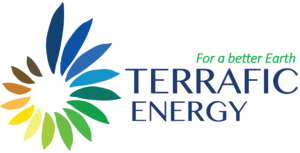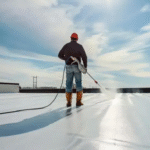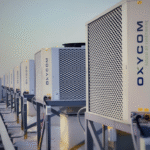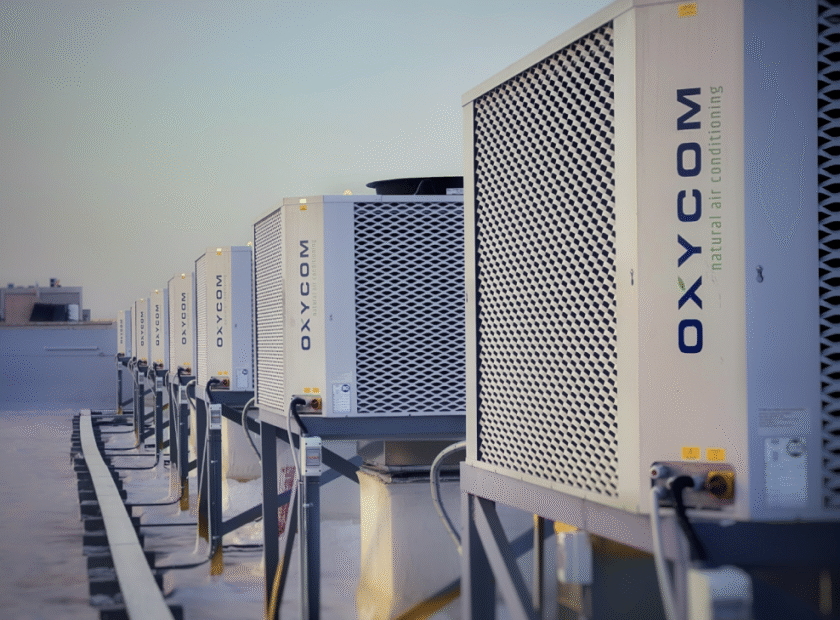
Advancements in Green Building Technology: Pioneering a Sustainable Future
Innovative Green Building Technology in UAE for a Sustainable Future
The United Arab Emirates (UAE), long known for its iconic skylines and rapid urban development, is now emerging as a global leader in green building technology. Traditional building methods in the region consumed massive amounts of energy for cooling and water management. However, the integration of Green Building Technology in UAE has introduced sophisticated solutions that work in harmony with the desert environment rather than against it.
Key Drivers of Green Building Technology in UAE
Regulatory Frameworks:
-
- The Dubai Building Code (DBC) and Al Sa’fat Green Building System mandate sustainability standards for all new constructions, focusing on energy efficiency, water conservation, and the use of sustainable materials
- Abu Dhabi’s Estidama Pearl Rating System evaluates buildings on energy and water efficiency, requiring government projects to achieve at least a 2-Pearl rating
Government Initiatives:
-
- The UAE Energy Strategy 2050 emphasizes renewable energy adoption and sustainable urban planning
- Dubai’s Green Building Regulations promote resource efficiency through strict guidelines on energy use, water-saving technologies, and renewable energy integration
Economic Incentives:
-
- Green buildings offer long-term cost savings through reduced utility bills and higher property values. Certifications like LEED and Estidama also enhance marketability
- Green buildings offer long-term cost savings through reduced utility bills and higher property values. Certifications like LEED and Estidama also enhance marketability
Innovative Solutions Transforming the Construction Industry
The advancement of Green Building Technology in UAE encompasses various groundbreaking innovations.
Energy Efficiency:
-
- Advanced BMS systems with real-time adjustments to optimize energy use in extreme climates
- Smart lighting solutions and high-performance insulation reduce electricity consumption
- Alternative cooling solutions that are energy efficient and do not depend on traditional compressor or refrigerant-based systems.
Renewable Energy Integration:
-
- Solar panels, photovoltaic systems, and solar water heating are increasingly used to harness abundant sunlight in the region.
- Developments like Dubai’s Sustainable City generate clean energy while minimizing waste.
Water Conservation:
-
- Technologies such as greywater recycling, low-flow fixtures, and rainwater harvesting address water scarcity in the arid climate.
- Treated wastewater is repurposed for landscaping and other non-potable uses.
Sustainable & Smart Materials:
-
- Recycled concrete, bio-based composites, and locally sourced materials reduce environmental impact while maintaining durability.
- Using low VOC paints, thermal reflective coatings, heat-blocking glass coatings or glazed windows that prevent heat gain and protect the building envelope.
Modular and 3D Printing Technologies:
-
- Modular construction and 3D printing allow for faster, cost-effective building processes with minimal waste generation
- Iconic projects like the Museum of the Future incorporate 3D-printed components for sustainable construction
Benefits of Implementing Green Building Strategies
Environmental Impact:
- Reduced greenhouse gas emissions.
- Conservation of natural resources through efficient energy and water use.
Economic Advantages:
- Lower operational costs due to reduced utility consumption.
- Increased property values for green-certified buildings.
Enhanced Quality of Life:
- Improved indoor air quality through low-VOC materials.
- Healthier living environments with natural lighting and better ventilation.
Future Prospects and Emerging Trends
By 2025 and beyond, the UAE is expected to deepen its commitment to green construction through stricter environmental regulations and cutting-edge technologies. Emerging trends include greater integration of renewable energy systems, smart building technologies for enhanced efficiency, and expanded adoption of modular construction methods. These advancements will ensure that the UAE remains a global leader in sustainable urban development.
Challenges and Solutions
Despite the remarkable progress, implementing Green Building Technology in UAE faces certain challenges. The initial cost of sustainable materials and technologies, the need for specialized expertise, and the adaptation of new technologies to local conditions are ongoing concerns. However, the industry is actively addressing these challenges through:
- Development of local manufacturing capabilities for sustainable materials
- Training programs for green building professionals
- Research and development initiatives focused on desert-specific solutions
- Public-private partnerships to support innovation
Conclusion: Leading the Way to a Sustainable Future
In conclusion, the UAE’s proactive approach to green building technology reflects its vision for a sustainable future. Through innovative practices, regulatory support, and technological adoption, the country is setting benchmarks for eco-friendly construction worldwide.The transformation of the UAE’s construction industry through green building technology is more than just an environmental initiative – it’s a blueprint for sustainable urban development in the 21st century. As the nation continues to push the boundaries of what’s possible in sustainable architecture, it cements its position as a global leader in green building innovation.





